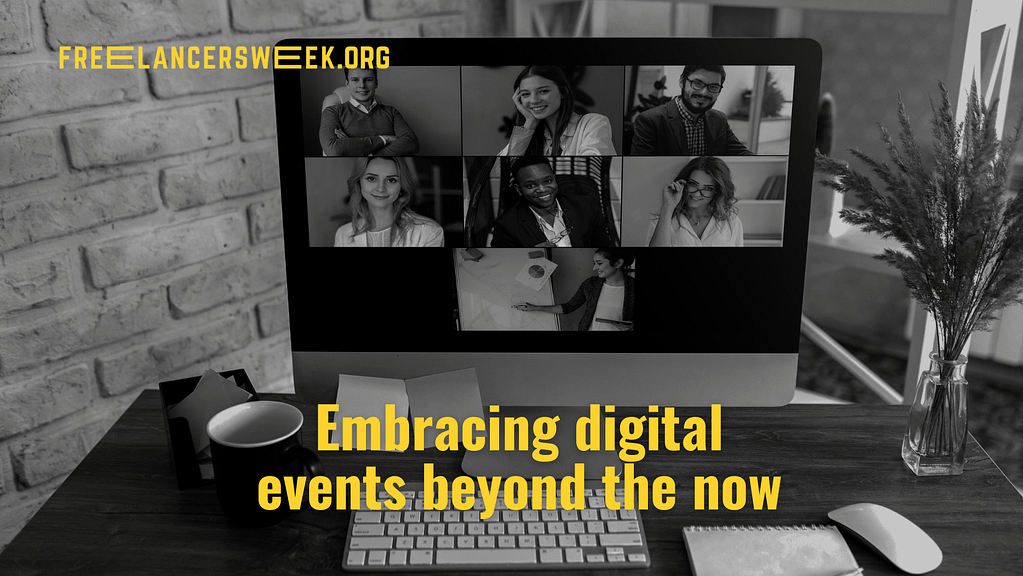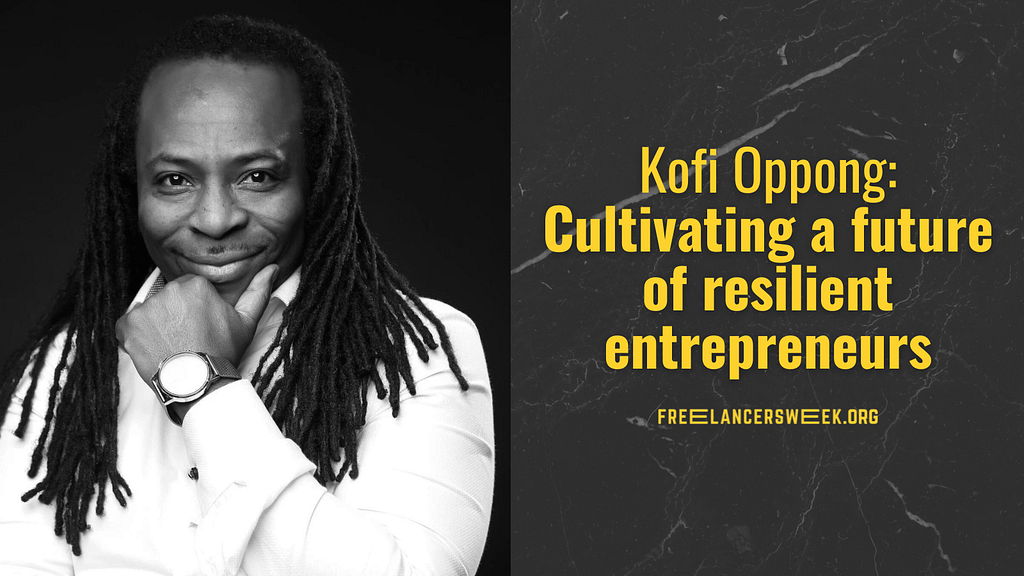Zoom is the number one platform the world turned to when working from home became the ‘new normal’. With the pandemic still going on, more than half of the workforce is still working from home. And, using Zoom or other platforms made it easier for people to connect over long distances. Even so, using these platforms still gives a sense of alienation among colleagues and employees.
Lack of Zoom Guidelines
David O’Coimin, Founder and CEO of DO Company and the current Creative Director of Nook Wellness Pods shares that what really got him delving into Zoom culture is because despite being connected the feeling of disconnect can still be felt. The feeling of inclusivity is missing and this because of the lack of guidelines when working in these environments.
He points out that having a lack of guidelines from organizations and even from Zoom themselves, means that something as simple as having your camera on or off during a call can be a source of misunderstanding. David believes that setting guidelines can be useful and that it will also address the tiring effect on people having constant Zoom calls.
On or Off?
Since the pandemic started, with the majority of the workforce confined to their own homes, virtually overnight, not all have the luxury of having a home office. Many are working in their kitchen or in their living room with their families around. And even if some have the luxury of having their own space, they can also be un-inclined to share their privacy.
These are just a few of the reasons that should be included in conversations among organizations regarding the use of Zoom. And one that is imperative for everyone to consider is giving people the choice of having their cameras and mics on or off, depending on their situation, of course.
This ‘new normal’ is also bringing about new types of stress which also relates to the state of mental health of every individual.
One of the things that David points out is that an individual should have the comfort of doing these things without being judged. If you give everybody permission, then when the person chooses to do it themselves, it is not done under a spotlight. It is done as part of inclusivity. “Permission comes from providing guidance,” he notes.
Inclusive Zoom
Why is being inclusive important when having these Zoom calls?
David tells us about how things are difficult for some of our neurodiverse colleagues or coworkers, and while we can’t just expect them to ‘get over it’, it will also not foster the productivity and healthy relationships with these colleagues.
It’s really important to understand that at the heart of the inclusivity is choice. And choice comes from having options, and from feeling like you have options. So, if you don’t feel like you have options, you don’t feel like you have a choice and therefore you can’t adapt to your particular needs at that moment.
He further iterates that it doesn’t have to be done in a way that makes someone feels like they are being judged. That providing someone with a choice to either keep their camera or mic on or turn it off, can help a person function at their best in that particular situation.
Furthermore, having the choice to do what is the best for you in a certain circumstance is giving you the tools you need to be able to function and contribute ten times more than when you are forced to comply with a rigid set of rules. And that is an inclusivity choice for our neurodivergent peers to be at their best even if they feel that they are at their worst.
David also shares what he learns and relates to from a newsletter from Neurodiversity 101 in this LinkedIn post on creating more inclusive Zoom habits.
Choices and Zoom Culture
David states that Covid didn’t create anything new. It just accelerated things to where we are. Covid indeed pushed us 25 years ahead.
We now have the choice to work at home, at the office or coworking spaces – an important advocate for neuroinclusivity – those are inclusivity choices. Choices that impact a person’s ability to decide where and how they will work best. These can be important terms to pushing toward a more inclusive future.
The responsibilities sit with the colleagues, coworker and employees to voice what tools and guidelines they will need to perform in this ‘new normal’ they find themselves in, and for the organization to be attentive to these requests and to set boundaries as to what is and isn’t acceptable in a remote environment giving a sense of security and empowerment to do the job better.





